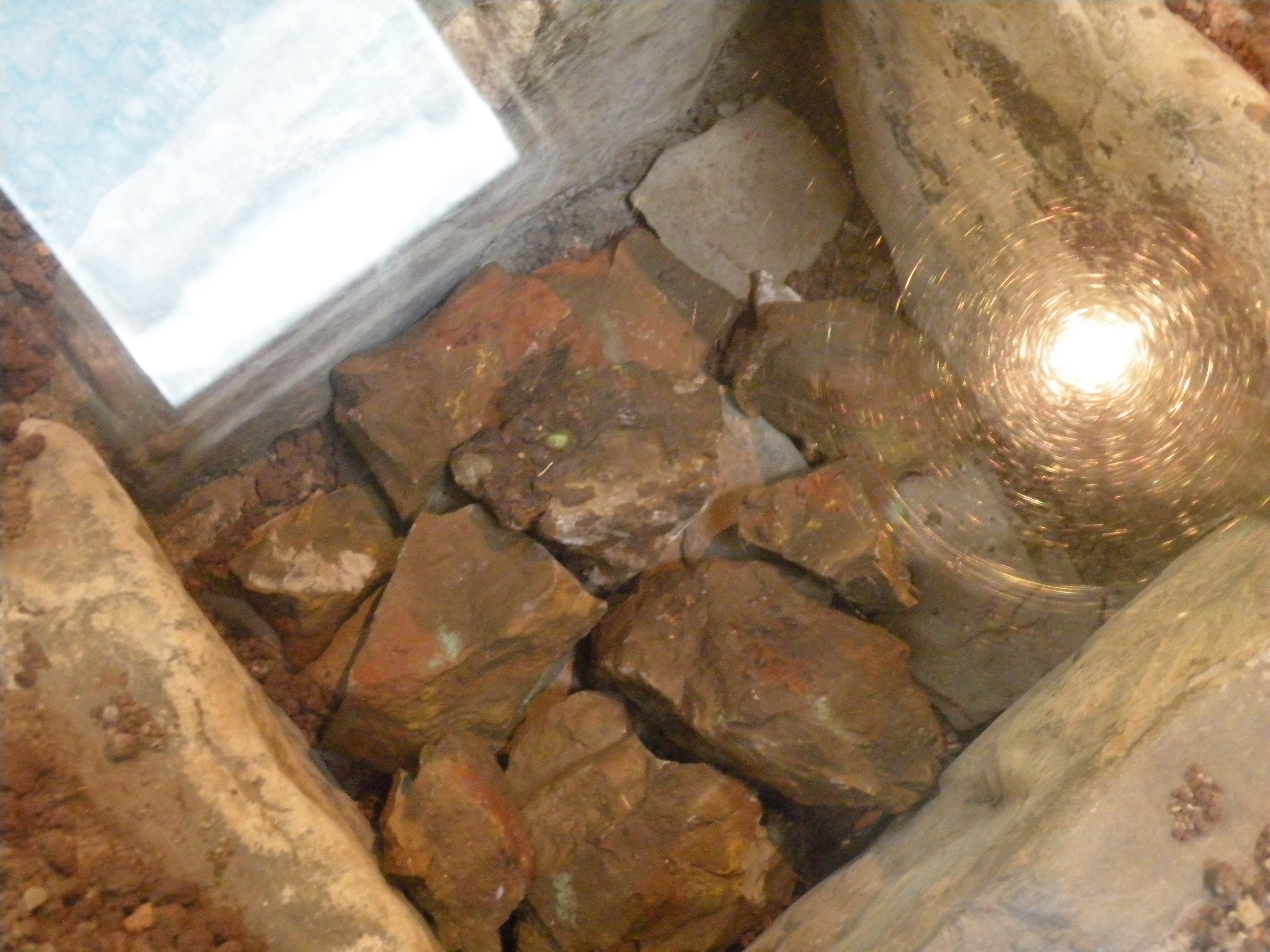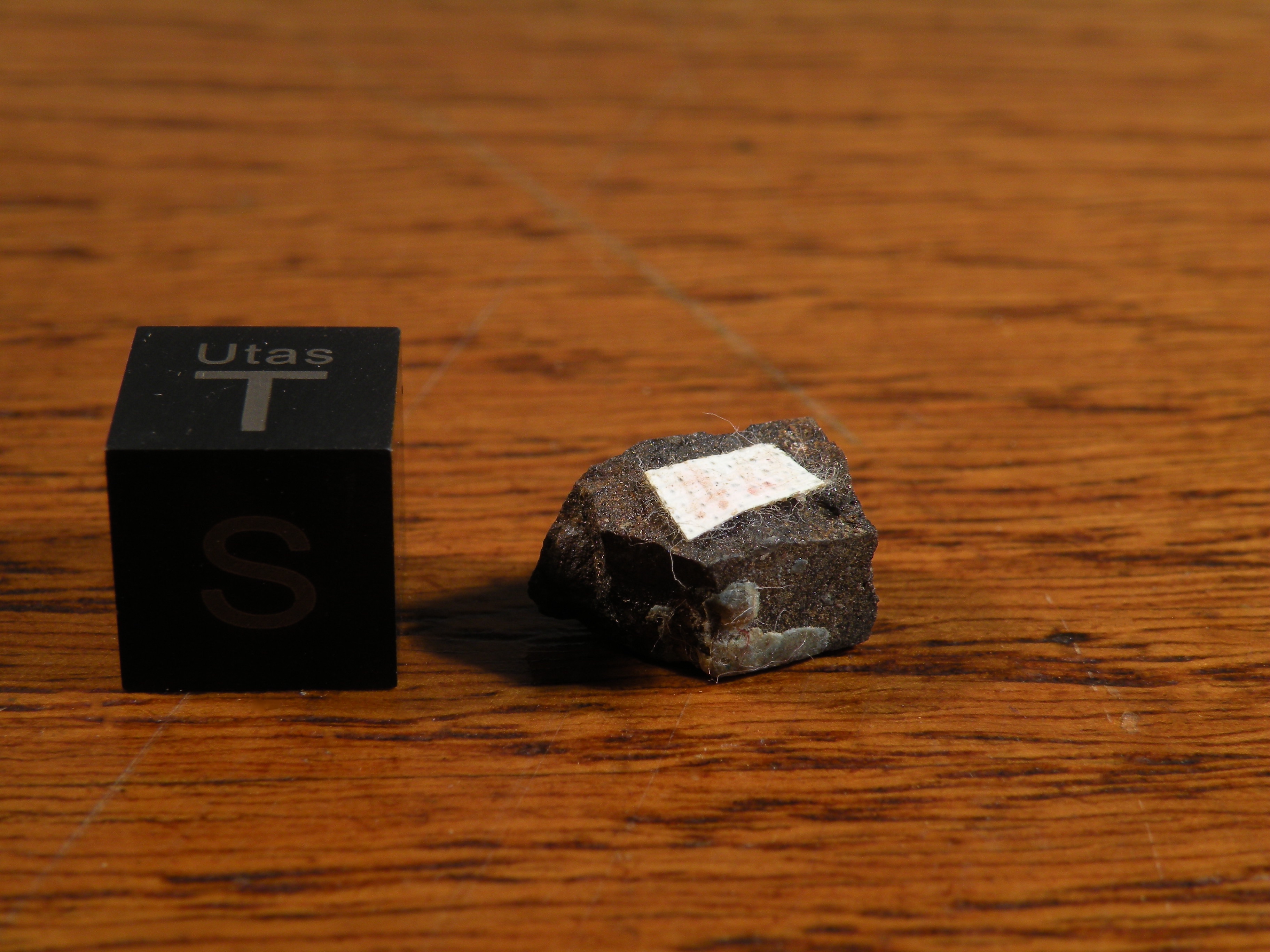Winona, winonaite
Winonaites are a class of meteorites that fall under a broader group called “primitive achondrites.” If you look at their bulk chemistry, these meteorites are ~chondritic, but most meteorites within this group don’t have any chondrules. This is because most primitive achondrites have experienced enough heat to melt all of their chondrules, but not quite enough heat to melt the rock completely and allow the heavier elements like iron to settle out — a process called differentiation. If you’re curious about the process, please see this page describing differentiated achondrites and how they form.
Ultimately, nearly all winonaites and similar meteorites like acapulcoites and lodranites are very similar to chondrites, but most are pretty recrystallized and lack actual chondrules. The few that do have chondrules usually have only a few preserved. So, what are they? If you went by the classic chondrite classification scheme, they would all be type 4, 5, or 6 chondrites. Some might be classified as ‘impact melt rocks’ or ‘anomalous.’ For example, Portales Valley is structurally similar to many metal-rich “primitive achondrites” and is formally classified as an H6. Katol has fewer chondrules than many type-7 chondrites and primitive achondrites, and is classified as an L6.
For reasons we don’t fully understand, the parent bodies of most “primitive achondrites” appear to have undergone more significant heating than the parent asteroids of other major chondrite groups. So, the first few ‘primitive achondrites’ that were found didn’t have chondrules, and they were called “primitive achondrites” — a term that is not used to describe other meteorites that chemically match other major classes of chondrites, but also lack chondrules.
Here’s a fairly comprehensive paper describing the processes that affected the winonaite parent body: A petrologic and isotopic study of winonaites- evidence for early partial melting, brecciation, and metamorphism, by G. Benedix, T. McCoy, K. Keil, D. Bogard, and D. Garrison (1998).
And a broader view of primitive achondrites in general: Oxygen isotope variation in primitive achondrites: The influence of primordial, asteroidal and terrestrial processes, by R. Greenwood, I. Franchi, J. Gibson, and G. Benedix (2012).
Winonaites are also ~identical to silicate inclusions in IAB irons, some of which also appear to contain relict chondrules. For further reading, see Winonaites: a Primitive Achondritic Group Related to Silicate Inclusions in IAB Irons, by M. Prinz, D. Waggoner, and P. Hamilton (1980).
Here are some photos of the original burial cist in which Winona was discovered — most of the fragments currently on display appear to be plaster replicas, but one in the middle (darker color, some light green Ni-oxides) appears to be a real fragment of the meteorite. The cist is on display at the Museum of Northern Arizona, in Flagstaff.
The discovery of the meteorite was reported in The Winona Meteorite, by R. Heineman and L. Brady (1929), although that paper misidentifies the finder of the meteorite as Jack Townsend (see the museum caption above for clarification).
0.7 gram cut fragment, ex. Gilbert Gauthier.





